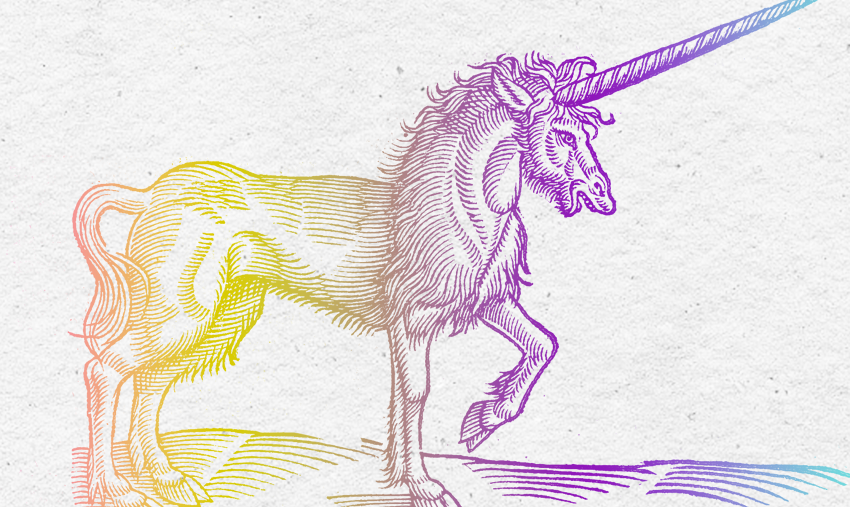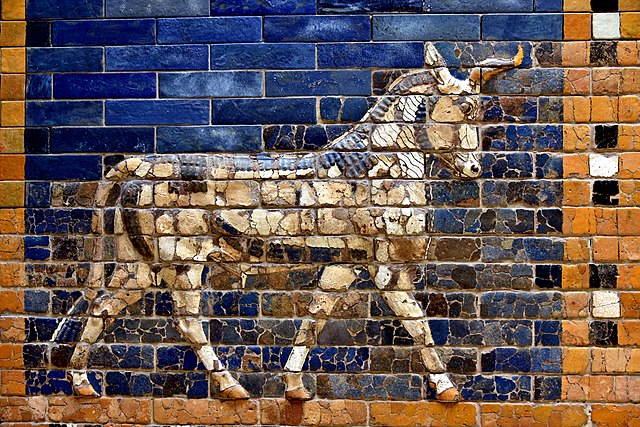Horns aplenty
What’s up with Scotland and unicorns?

We may be acquainted with unicorns like the magical forest dwellers from Ridley Scott’s Legend movie, Twilight Sparkle from My Little Pony, and Fluffy from Despicable Me, but the mythical animal’s history goes back a much longer time – yes, Gen Z, even before the ‘80s.

Image credit: Neuroforever, Creative Commons Attribution-Share Alike 4.0 International
There’s a carving of a one-horned auroch on Babylon’s Ishtar Gate, built in the sixth century BCE. A century after that, a Greek book about India mentioned a “quadruped with cloven hooves and a single horn sprouting from the middle of its forehead.” In Celtic mythology, the unicorn was a symbol of purity, innocence, and power; for centuries, it was believed that the horn of the mythical beast had magical powers that could neutralize poison, purify water, protect against epilepsy, and cure fevers. (Naturally, this resulted in a rich market for scammers passing off narwhal horns as the genuine article.)
Despite reports of unicorn lore across the Old World, nowhere is it as celebrated and revered as in Scotland. It first appeared on the royal coat of arms in the 12th century, thanks to William I (aka, um, William the Lion). Why would he choose a mythical creature instead of a “real” animal? There are a few theories: Legends said only a king could hold a unicorn captive, so it symbolized his power; or it represented Alexander the Great’s brave horse Bucephalus, portrayed in medieval novels as a unicorn.
In any case, the historical record shows that the Scottish furor continued with King James II (reigned 1437-60), who proclaimed it the national animal and cemented the mythical beast into the country’s cultural legacy. The coat of arms was supported by two unicorns until 1603, when James VI assumed the English throne and replaced one with the national animal of England—the lion—as a show of unity between the two countries. (Though lions and unicorns were also historically presented as enemies, locked in an everlasting battle to be “king of the beasts.”)
If you want to lay your eyes on the unicorn symbol in Scotland nowadays, you won’t have to look far. You can find one on the heraldic shield near the gates of the Palace of Holyroodhouse, at the Royal Apartments at Edinburgh Castle, at Stirling Castle (home of unicorn tapestries), on the Mercat Cross in Edinburgh. There’s one carved into the Victorian woodcarvings at St. Giles Cathedral, and as a figurehead on the HMS Unicorn—one of the world’s oldest warships, docked at Dundee. And that’s only to name a few.
Every year, on April 9, Scotland celebrates National Unicorn Day. This one will be extra special, as the Perth Museum is hosting a new exhibit to shine a light on the mythical creature and its cultural history – including “manuscripts, illustrations, paintings, coins, sculpture, tapestry, and shop signs,” according to their announcement.
They still won’t help you neutralize poison though.
